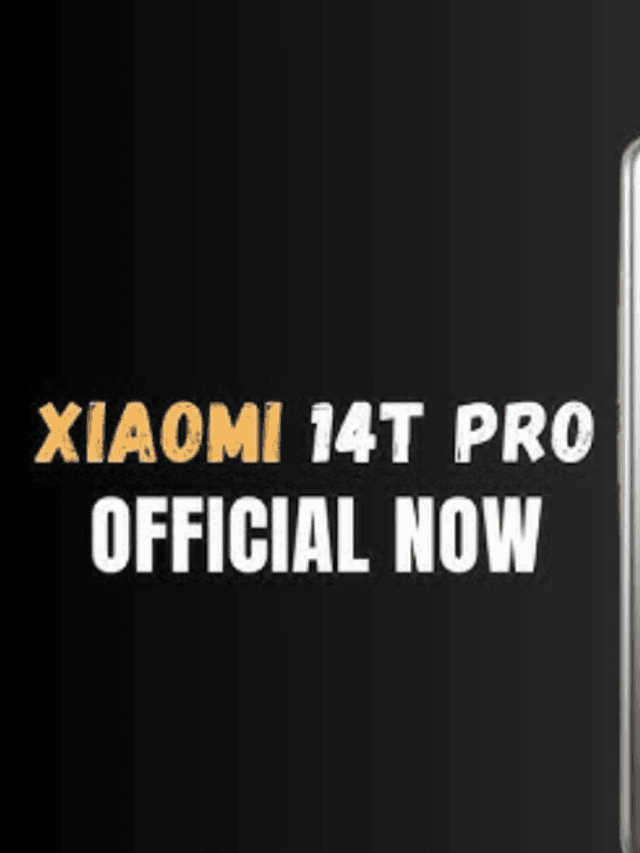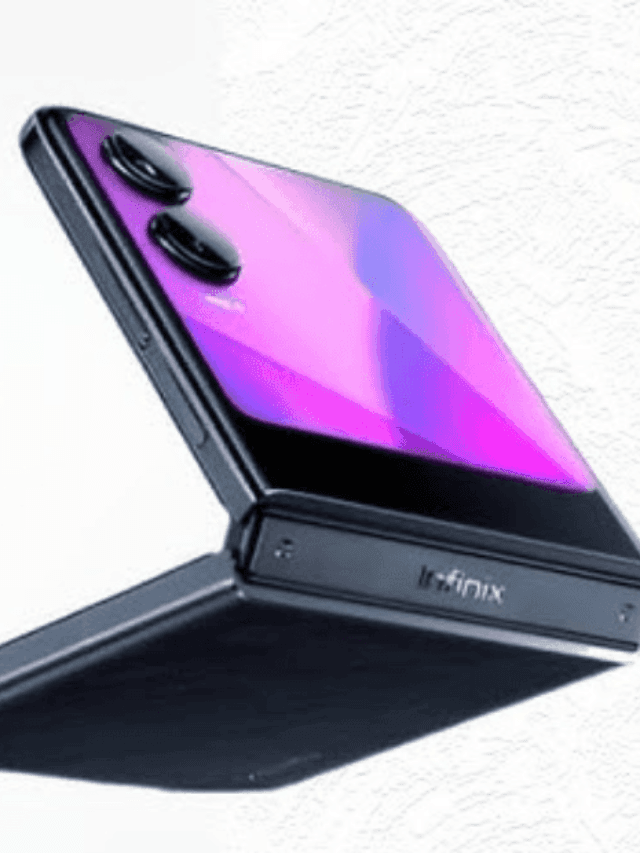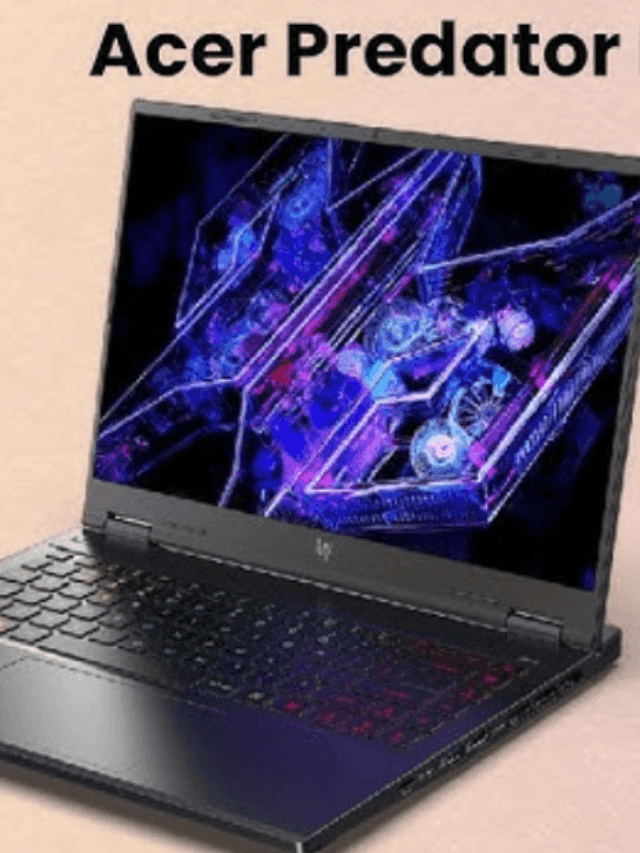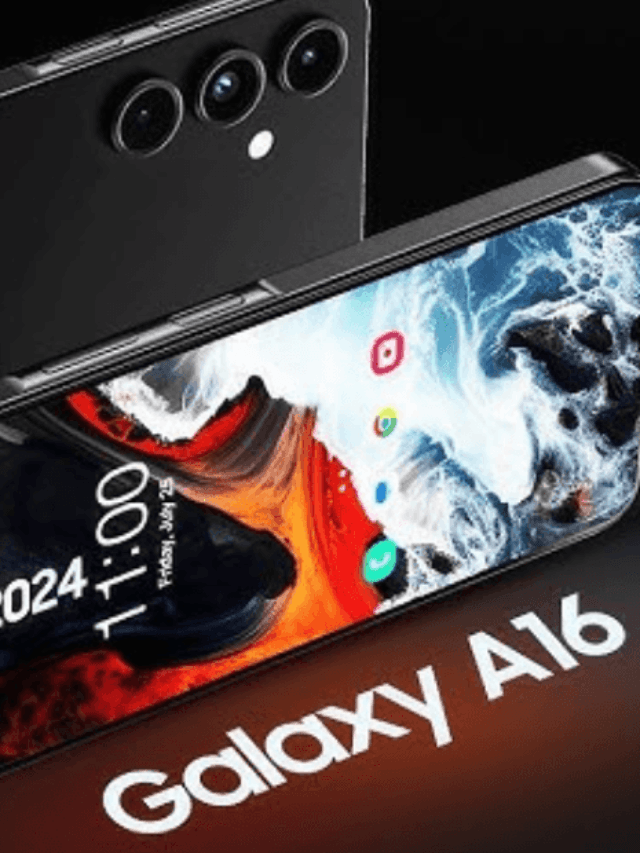The Motorola Edge 50 Neo is one of the few devices in the low-cost smartphone market that can do everything. With an intriguing and useful design, strong performance, long battery life, several cameras, an excellent screen, and a design that is comfortable to carry about, it gets closer than others.
Important Features
A telephoto camera
- With its built-in 3X telephoto camera, the Edge 50 Neo can reach farther than most of its competitors.
Designing with one hand
- The Motorola Edge 50 Neo weighs 171g and has a 6.4-inch screen. It is intended to be comfortable to hold and operate.
Numerous color choices
- In a sea of smartphones that are black, white, and grey, the Edge 50 Neo stands out thanks to its array of vivid color options.
Introduction
Motorola is one of the few businesses that has had such a significant influence on the mobile landscape.
From early technological achievements in developing the mobile phone to commercializing the portable form factor, it gained a dominant position in the 2000s because to the popularity of its fashionable folding Razr brand.
Then everything fell apart a little more than a decade ago. Unprepared for the fierce competition, especially from Samsung, the brand was initially acquired by Google before being sold to Lenovo, who has now taken it over.
As a result of its Moto G budget lineup’s overwhelming popularity, the brand came to be associated with attractive but distinctly low-cost gadgets. The goal was to change that with the advent of the Edge lineup.
In any given year, Motorola’s biggest risk is the Edge lineup, where it tries to figure out a “blue ocean” strategy—something that has seldom or never been done before. It is a kitchen sink approach to design; no one phone receives minor improvements from year to year, cameras change, sizes fluctuate, and materials are always changing.
Motorola’s biggest surprise this year is the Motorola Edge 50 Neo, which is strangely the entry-level model with new materials, a new camera, high performance claims, and an affordable price.
Competition is fierce as ever, particularly in this market niche. Design is likely less significant in this segment of the market than it is elsewhere, but Xiaomi, Honor, Samsung, and other companies all offer good alternatives with some genuine selling features.
The stage is set, but does the Motorola Edge 50 Neo perform well enough to merit a spot in your wallet? See our whole review below.
Motorola Edge 50 Neo Design
- comes in an assortment of hues.
- One-handed usability is emphasized.
There is typically not much to say about design when it comes to the mid-range. There is seldom a commitment to stand out, despite the many attempts to appear upscale, maybe even attractive. Even the appearance of a new color is noteworthy among a sea of rose gold, black, and white smartphones.
But the Edge series is not about being safe, and Motorola has made some intriguing choices with the Motorola Edge 50 Neo, which is fitting. First, there is color—in every shade of the Pantone rainbow—in dazzling technicolor.
The attractive “Poinciana” red color of my evaluation unit and its accompanying case made it stand out and made it stand out. Additionally, there is “Grisaille” (grey), “Latte” (brown), and “Nautical Blue,” each of which has a distinct personality. It is a modest yet efficient method of adding some individuality to phone design, and it is greatly valued.
Subsequent to the color, the materials utilized present the following surprise. As could be anticipated for a low-cost gadget, the frame is made of plastic, but the back is covered with “pleather” or “vegan leather,” depending on your option, in the same color as the frame. In contrast to the typical glass and metal sandwich, I thought it had a nice, gripping, and soft feel.
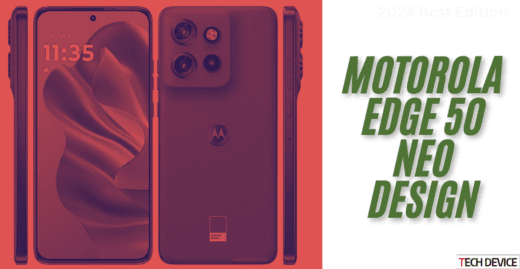
Despite having a 6.4-inch display, which is by no means tiny, the device’s tall/thin aspect ratio makes it comfortable to operate with one hand. The Motorola Edge 50 Neo weighs 171g, which makes it nearly uncomfortably light without ever feeling cheap or toy-like.
Using a gadget that produced virtually no hand strain was refreshing to me; if you are coming from something like an iPhone 16 Pro Max or a Samsung Galaxy S24 Ultra, you will notice the difference right away.
Beyond appearance and texture, the Motorola Edge 50 Neo has a sturdy, well-built feel. A drop will not go well, like with any gadget, but at least it seems like it has a chance of only getting scraped. IP68 dust and water resistance, which is guaranteed to withstand a brief submersion in water without being damaged, is a welcome addition to the sub-£350 market.
Motorola Edge 50 Neo Screen
- 6.4-inch display with 1080p+
- HDR-capable
- Screen quality is always crucial, regardless of how well-designed a smartphone is.
Undoubtedly, the Motorola Edge 50 Neo has all of the typical marketing jargon attached. Its FHD+ (1256 x 2760) resolution, HDR capability, 120Hz refresh rate, and OLED base technology provide deep blacks and vibrant colors.
Although there is more to it than that, it is essentially where we are. This screen is comparable to the competition, but it does not outperform it in any specific category. You will not ever see individual pixels thanks to the resolution, which seems to be an industry norm presently.
The HDR features ensure that compatible video appears beautiful when played, and the rapid refresh rate keeps the phone feeling crisp and responsive while in use. As always, OLED technology makes most content a delight, with vibrant colors and a very high peak brightness of 3000 nit that effectively blocks out direct sunlight.
It can get dark enough at night that reading before bed is not a problem. All things considered, and particularly when combined with its one-handed usability, this phone is a hassle-free choice for almost any work.
The Motorola Edge 50 Neo 6.4-inch screen size may be a bit too small for those who watch a lot of TV on their smartphones, but many others will find it to be the ideal screen size.
Motorola Edge 50 Neo Camera
- 3X telephoto sensor with 10MP
- A 13MP ultrawide and the primary 50MP sensor
When it comes to cameras, things become much more intriguing. This is where Motorola begins to make some more audacious claims in contrast to the display.
The first is a 50MP f/1.8 primary sensor, with the now-common 13MP f/2.2 ultrawide camera on either side. Additionally, a 10MP telephoto lens—roughly similar to a 75mm lens—or a 3X zoom adds a little zing to the mix.
Since zoom lenses are quite uncommon in smartphones under £350, the additional reach is greatly valued. As anticipated from Motorola, a variety of photo modes are offered; the most are unimportant, but a few are entertaining.
The “30X super zoom,” which is neither a “zoom” nor a “super,” is one that may be thrown away right away. It is not worth utilizing because it is a very blurry crop of a 3X picture. Spot Color, Photo Booth, and Tilt Shift are all unique, albeit a bit gimmicky, and serve as a reminder that mobile photography is still enjoyable.
With a double wrist twist, the app may be started in the traditional Motorola manner, and once it launches, it is usually easy to use. It is not very quick, so you will probably miss the occasional shot, which is bad.
In terms of picture quality, it is often rather outstanding, occasionally even excellent. Images from the primary sensor will be detailed, not oversharpened, and have decent color reproduction in favorable lighting.
Although the most difficult backlighting settings continue to be an issue, dynamic range is generally adequate. Regarding low-light performance, this is one of the better low-light shooters in the price range because the optical image stabilization and the night mode complement each other well to increase brightness and color saturation. Although it can not do miracles, it performs a good job.
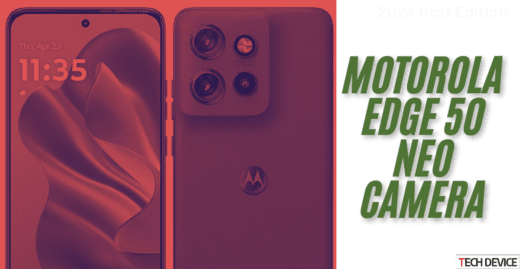
As could be predicted considering their smaller sizes, the telephoto and ultra-wide sensors’ performance is subpar in comparison to the primary sensor. While the ultrawide does the same, with the exception that its photographs sometimes appear a bit soft, the telephoto generally takes good shots but struggles in low light.
The three sensors’ color science is largely comparable, therefore switching between them does not result in an abruptly noticeable change in temperature. Additionally, even if the overall image quality is not the finest, the Moto is enjoyable to shoot with because to its many settings and diversity of focal lengths.
One notable feature is the selfie sensor, which captures detailed and warm photos.
Although a tad loud, the video quality is generally good and quite detailed. It is certainly enough for capturing strange situations, but this is not a gadget designed for videos.
Motorola Edge 50 Neo Performance
- Motorola Edge 50 Neo Processor MediaTek Dimensity 7300
- Motorola Edge 50 Neo By default, 256GB of storage and 8GB of RAM
Given the remarkable variety of CPUs that are often available, performance might be difficult to describe when it comes to more reasonably priced phones. Former flagship processors are found in certain phones, but significantly more basic choices are typically found in others.
Motorola has opted with a MediaTek Dimensity 7300, which is squarely in the center, with the Edge 50 Neo. Because it is a 4nm effort, it promises power and power efficiency. By default, it has 256GB of storage and 8GB of RAM.
The Motorola Edge 50 Neo performed flawlessly when navigating the UI and navigating through the typical drudgery of email, chatting, viewing videos, playing light games, and more. The occasional pause occurred when navigating between apps, but it was not noticeable.
On the top settings, heavy games like PlayerUnknown’s Battlegrounds (PUBG) may be played, but a good deal of heat builds up over time. The phone is marketed as a gadget that can handle most people’s demands, and for my purposes, that was definitely the case.
Benchmarks support this perception; in Geekbench 6, the device received a single-core score of 1052 and a multi-core score of 3031. This places it about on par with gadgets that use the Snapdragon 870, a powerful flagship processor from earlier years.
Although there are alternative options if you are an avid gamer, the Motorola Edge 50 Neo is probably going to meet your demands most of the time.
Motorola Edge 50 Neo Software
- Motorola Edge 50 Neo operates on Android 14.
- includes Motorola customizations.
As usual, Motorola added its own ingredients to the Motorola Edge 50 Neo to offer Android a little distinct flavor. Indeed, since the original Moto X was released in 2013, the company’s version of Android has become so well-established that it hardly seems worth writing about anymore.
It is nice and relaxed, never interfering with your tasks but frequently adding to the experience in a significant way. Consider the always-on screen, which responds to your presence and lets you engage with alerts. Simple yet useful improvements that you will find yourself utilizing without even realizing it are the double wrist twist to open the camera and the double karate chop to access the torch.
Additionally, the Motorola Edge 50 Neo has a gaming mode and other features, but overall, it is a delightfully straightforward gadget that is easy to adore.
Additionally, in a first for the business, Motorola has committed to providing the Edge 50 Neo with five years of Android upgrades, including security fixes.
Motorola Edge 50 Neo Battery life
- A 4310mAh battery
- There is 15W wireless charging available.
Last but not least, Motorola does not make any impressive promises about battery life. The integrated 4310mAh battery appears to be quite big to power the comparatively tiny display for prolonged periods of time when paired with a power-efficient CPU.
And that is what I discovered in common use. It had 32% left in the tank at 6 p.m., which is a respectable showing after a full day of texting, some GPS, surfing, and light gaming that began at 7 a.m. The Motorola Edge 50 Neo will need to be charged every night, as is the case with most modern gadgets, but with less use, you may be able to extend it to a second day.
When it comes time to charge, you may use a compatible Power Delivery fast charger to top up at 68W or a Qi wireless charging pad to top up at up to 15W. At the pricing range, the latter is very unique and welcome.
I was able to get around 44% with a 15-minute charge, which is a respectable result and undoubtedly plenty to make a difference in an emergency. A full charge took about 46 minutes.
Also Read | MSI Thin 15: Combining portability and Best performance
Also Read | Months before its release, Best Samsung Galaxy A56’s camera specs are made public online
Also Read | Price and features of the military-grade shock-resistant OPPO A3x 4G, which was introduced in India
Disclaimer : The Price & Specs May Be Different From Actual. Please confirm with the retailer before ordering.
IMPORTANT: Please always check and confirm the above details with the official notification / website.






